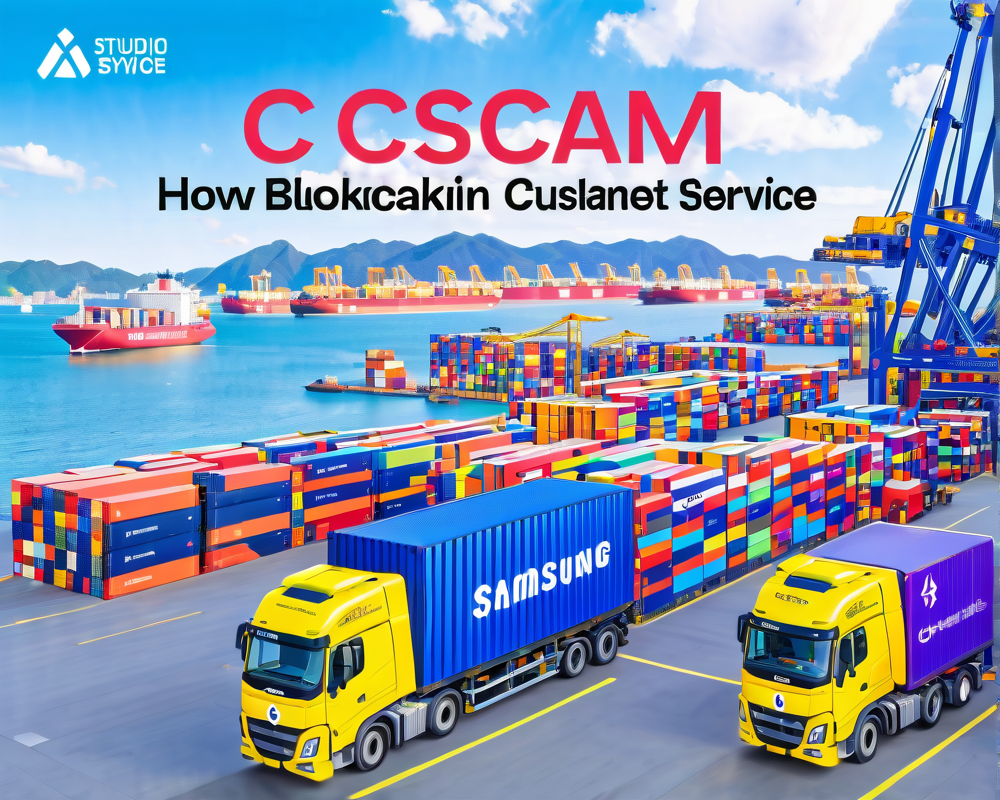The Blockchain Breakthrough
The Korea Customs Service has reached a new milestone in international trade by signing a pivotal agreement with Samsung SDS. This collaboration aims to weave blockchain technology into the fabric of customs clearance systems, reshaping how businesses navigate export processes.
Nexledger: The Backbone of Change
At the heart of this innovation is Nexledger, Samsung’s blockchain platform. Designed to offer a seamless solution for businesses, Nexledger is about slashing costs related to digital transactions and boosting data sharing reliability. Imagine never having to squint at a crumpled document again — this platform promises to make scams and forgery a thing of the past.
Who’s Onboard?
This modern movement isn’t a solo act. In total, 48 organizations—including public agencies, shipping companies, and insurance firms—have hopped on the blockchain train with the Korea Customs Service. It’s like a corporate buddy system, ensuring that everyone is in on the latest tech.
Export Operations Enhanced
The new platform isn’t just a fancy tech upgrade; it provides tangible benefits for export operations. By streamlining and securing document sharing, every party involved in the export process can ensure that their information is accurate and trustworthy. From the customs declaration to the big delivery day, this system aims to iron out wrinkles in the export journey.
Samsung’s Track Record with Blockchain
This isn’t Samsung SDS’s first ride on the blockchain highway. Earlier this year, they unveiled the Cello 3.0 platform that melds AI with logistics know-how. And just last month, they introduced BankSign — a blockchain-based certification tool for banks that streamlines authentication. Talk about multitasking!
A Global Trend: The U.S. Gets in the Game
Across the sea, U.S. Customs and Border Protection is also eyeing blockchain to enhance their shipment tracking system. With plans for live testing, they hope to evaluate how this innovative technology can improve the validation process for important certificates of origin. Spoiler alert: it’s looking good!



